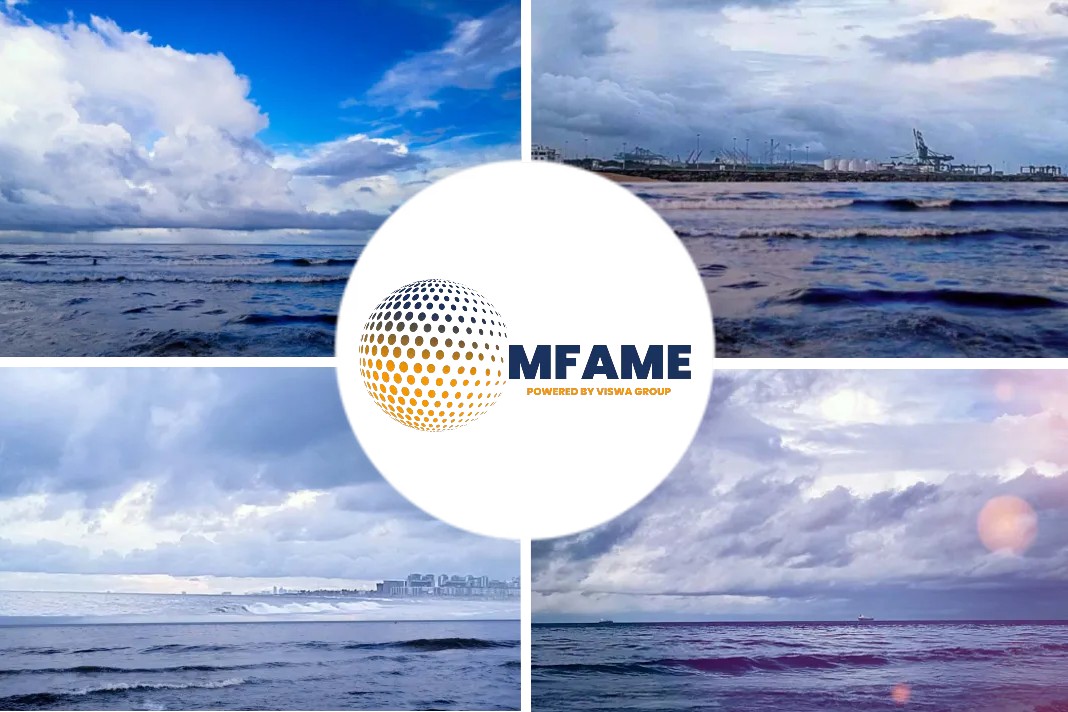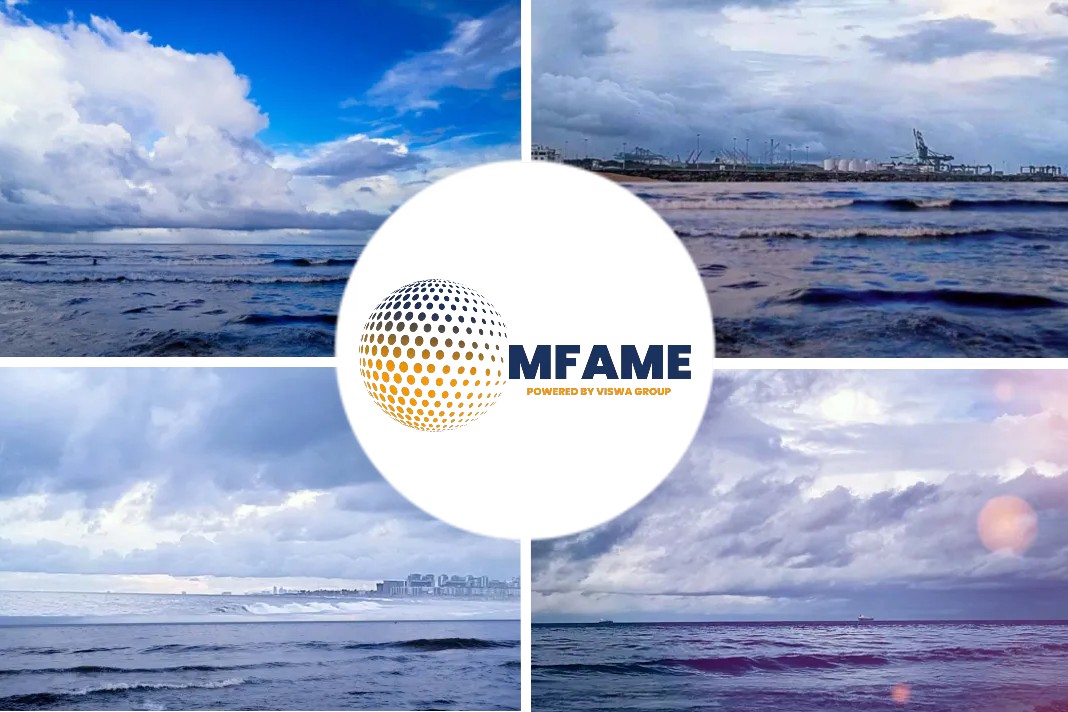- Shipping needs to make a radical shift to zero carbon energy sources in the coming three decades to meet the IMO’s ambitions to reduce the sectors total greenhouse gas emissions by at least 50% of 2008 levels by 2050.
- This transition requires significant infrastructure investments in new fuel production, supply chains, and a new or retrofitted fleet.
- To reach the climate and environmental ambition, a new Industrial Strategy a Circular Economy Action Plan, the ‘Farm to Fork’ Strategy will be implemented.
Malcolm Latarche for ShipInsight recently carried a news item titled “Shipping facing Trillion dollar bill for 2050 plans” which laid out some of the conclusions of a study commissioned by the Getting to Zero coalition into the cost of meeting the IMO’s target of reducing GHG emissions by 50% by 2050.
It is not unknown for studies generally to skew the final costs so as to suit the motives of the commissioning body. That is why government and multi-national projects always end up coming in at two or three times over budget.
Getting to Zero coalition
The study also sets out that the cost could almost double if a complete decarbonisation was sought and achieved.
The study says that the cumulative investment needed between 2030 and 2050 to halve shipping’s emissions amounts to approximately $1-1.4 trillion, or an average of $50-70 billion annually for 20 years.
If shipping is to fully decarbonise by 2050, this will require further investments of some $400 billion over 20 years, bringing the total to $1.4-1.9 trillion.
One trillion dollars does trip of the tongue quite easily and for some reason it does sound less of an outlay that say nine hundred and ninety nine billion even if it isn’t.
Taking the breakdown presented above a little further, $50-70 Billion on annual basis comes down to $1.15billion per week or $164.8 million per day.
The point is made that most of the figure – some 87% of it – is not related to the cost of ships but covers necessary investments in the production of low carbon fuels, and the land-based storage and bunkering infrastructure needed for their supply.
Nevertheless that 87% will be passed on to owners and operators in the higher cost of bunkers and so in turn on to the end user with the bill eventually falling in full on the man in the street. Even if government grants and funding are involved that money only comes from the tax take and by whatever rout again it ends up being paid by Joe Public.
Shipping is responsible for a mere 2.7% or so of annual GHG emissions from human activity. The other 97% of emissions is also looking to be taxed or see costs rise in response to regulation and legislation.
New Green Deal
This month also saw the EU proposing a new Green Deal which was mentioned in this ShipInsight article “Talking the talk but not walking the walk.”
In that article, it was reported how Germany appeared to be baulking at the idea of another massive bill on top of some €54billion it was already committed to. By coincidence, the EU’s plan to make the EU carbon neutral also carries a price tag of one trillion – although this time it is measured in Euros and not US Dollars.
It is not just Germany that has reservations, Johan Van Overtveldt, the head of the EU parliament’s Budget Committee, was sceptical about how the scheme will be set-up.
“It carries a one-trillion euros price tag,” he said. “Where the money should be coming from remains extremely unclear. We are against the recycling of promises and money. We don’t back creative bookkeeping and financial adventures.”
The trade body – Institute of Export and International Trade (IOE) held a meeting in London on 27th January to discuss the implications of the Green Deal. IOE’s Vice President, Arne Mielken, addressed some of the potential implications of the EU’s new plans in an article on the organisation’s website in advance of the meeting.
“The European Green Deal covers all sectors of the economy including transport, energy, agriculture, and construction, and key industries such as steel, cement, ICT, textiles and chemicals,” he said.
Farm to Fork
To set into legislation the political ambition of becoming the world’s first climate neutral continent by 2050, the Commission will present, within 100 days, the first ‘European Climate Law‘.
To reach the climate and environmental ambition, the Commission will also present its Biodiversity Strategy for 2030, a new Industrial Strategy a Circular Economy Action Plan, the ‘Farm to Fork’ Strategy for sustainable food and proposals for a pollution-free Europe.
Should differences in levels of ambition worldwide persist, as the EU increases its climate ambition, the Commission will propose a carbon border adjustment mechanism, for selected sectors, to reduce the risk of carbon leakage.
He added, “This would ensure that the price of imports reflect more accurately their carbon content. This measure will be designed to comply with World Trade Organization rules and the other international obligations that the EU has.”
A carbon border adjustment mechanism is of course just another way of describing an import tax which will be another burden that the end consumer will be asked to bear.
Sustainable farming
Sustainable farming has been another hot topic in recent months and while they have attracted some local headlines, the protest by farmers across Europe including in the Netherlands, Germany, France and Ireland have not really entered the public arena on a wider scale.
Nevertheless once the regulations and taxes begin to hit, the cost of food will inevitably rise. On top of that will be the cost of decarbonising shipping, the EU’s border adjustment mechanisms and many more tax and levies that are being discussed.
Governments may like the idea of a bigger tax take, but the vast majority of the electorate does not. Elections in Australia and the UK last year returned more populist governments and despite President Trump’s latest difficulties it is quite likely that he will be re-elected later this year. There are several elections in Europe this year beginning with Ireland in February.
The silent majority may decide to make their voices heard. They will be asked to pay the piper and they may want to see the tune changed.
Did you subscribe to our daily newsletter?
It’s Free! Click here to Subscribe!
Source: ShipInsight





















